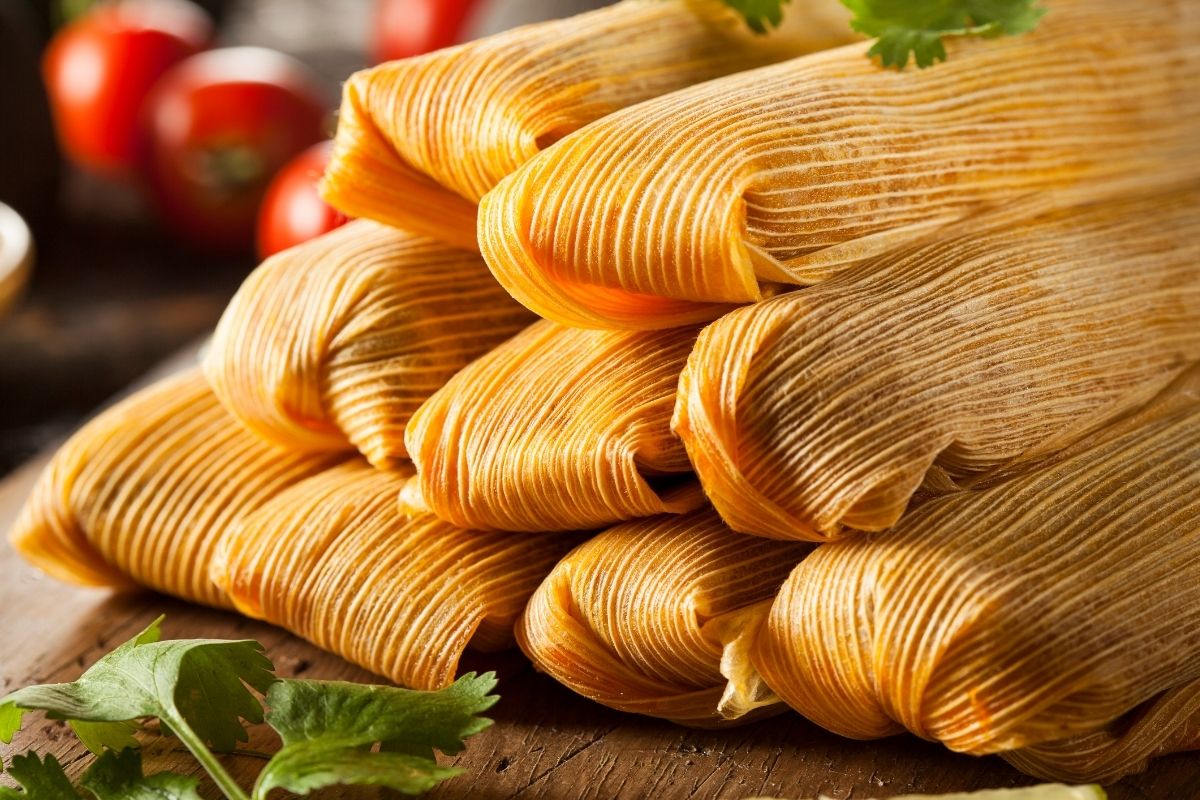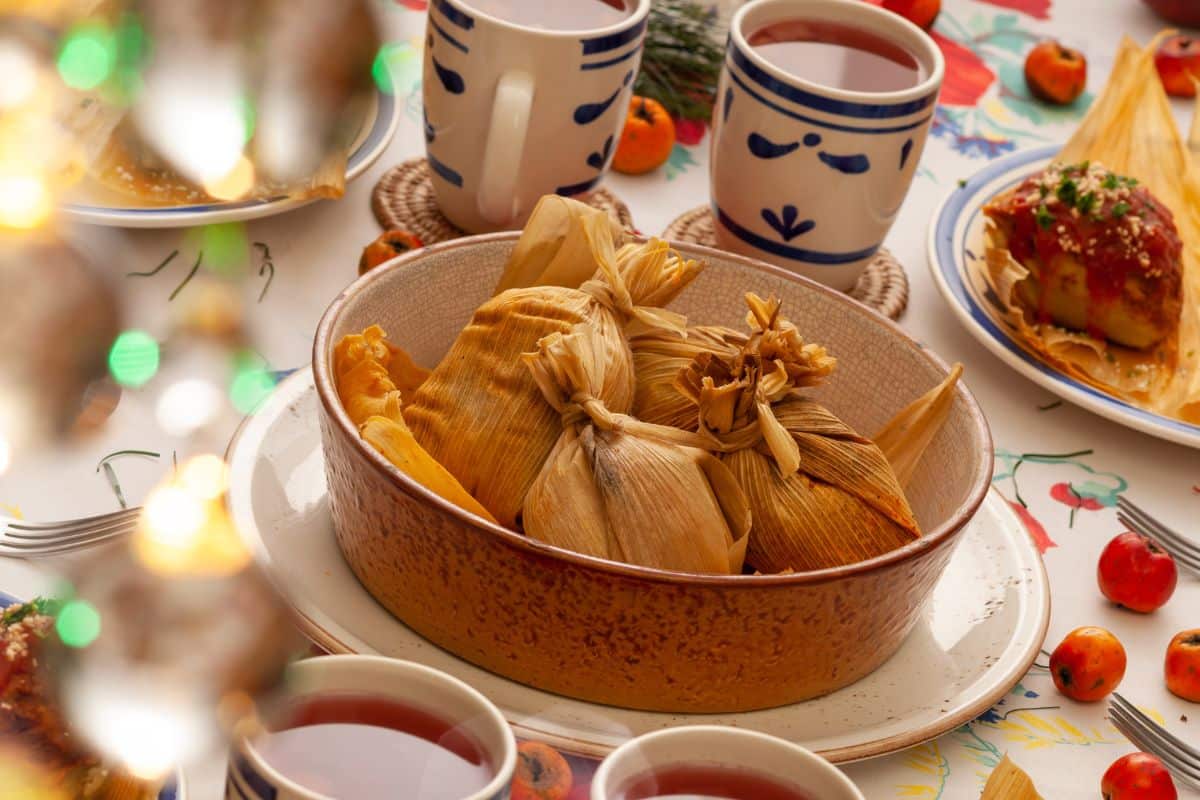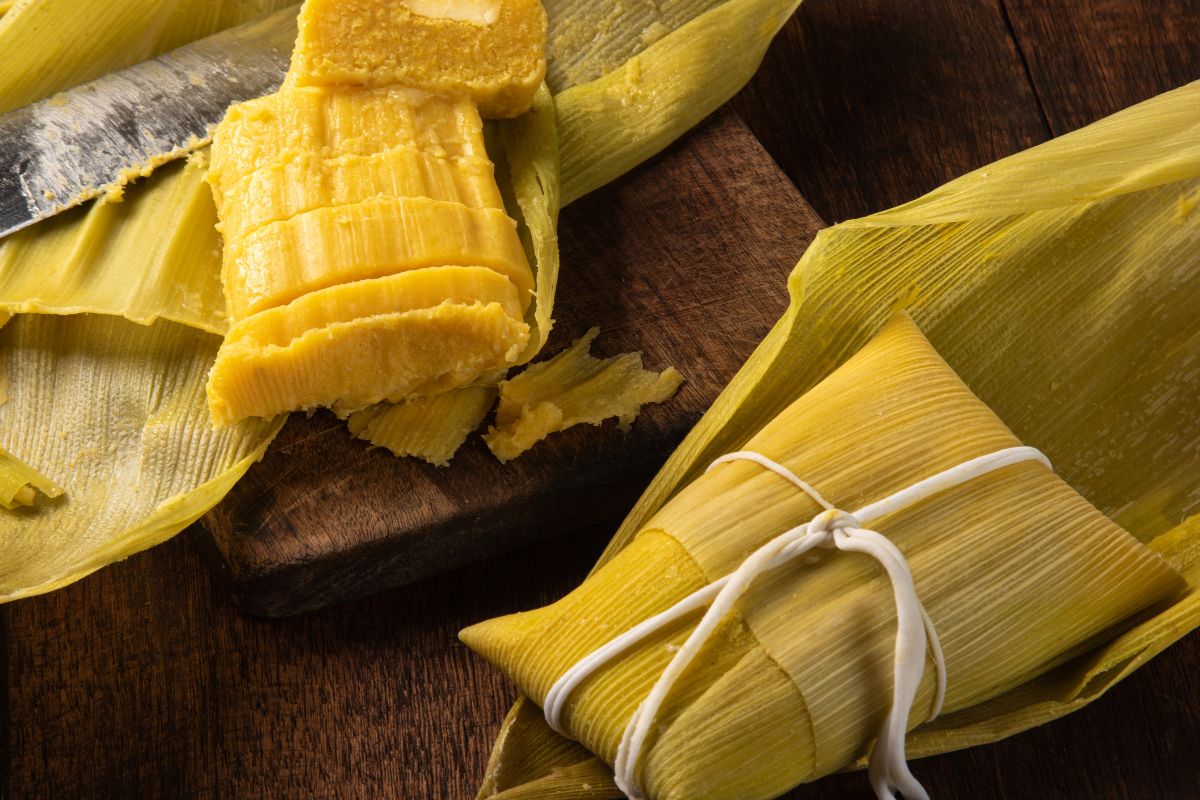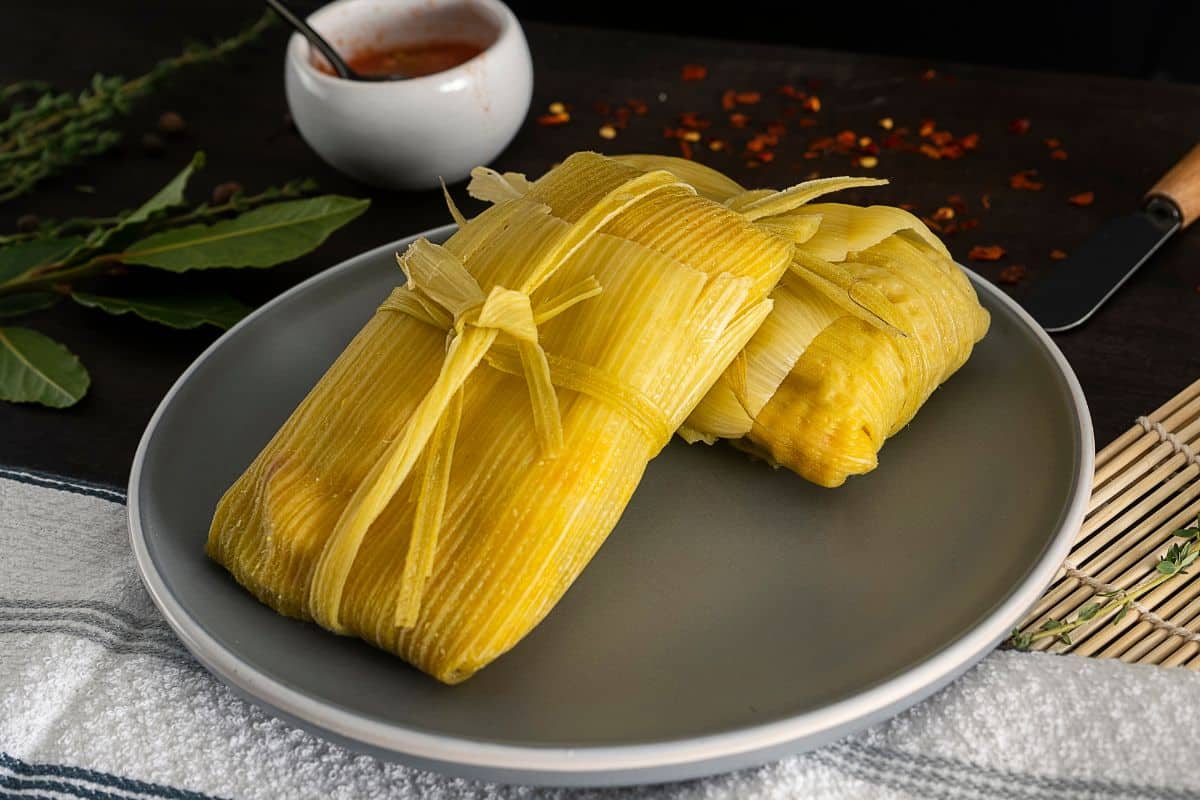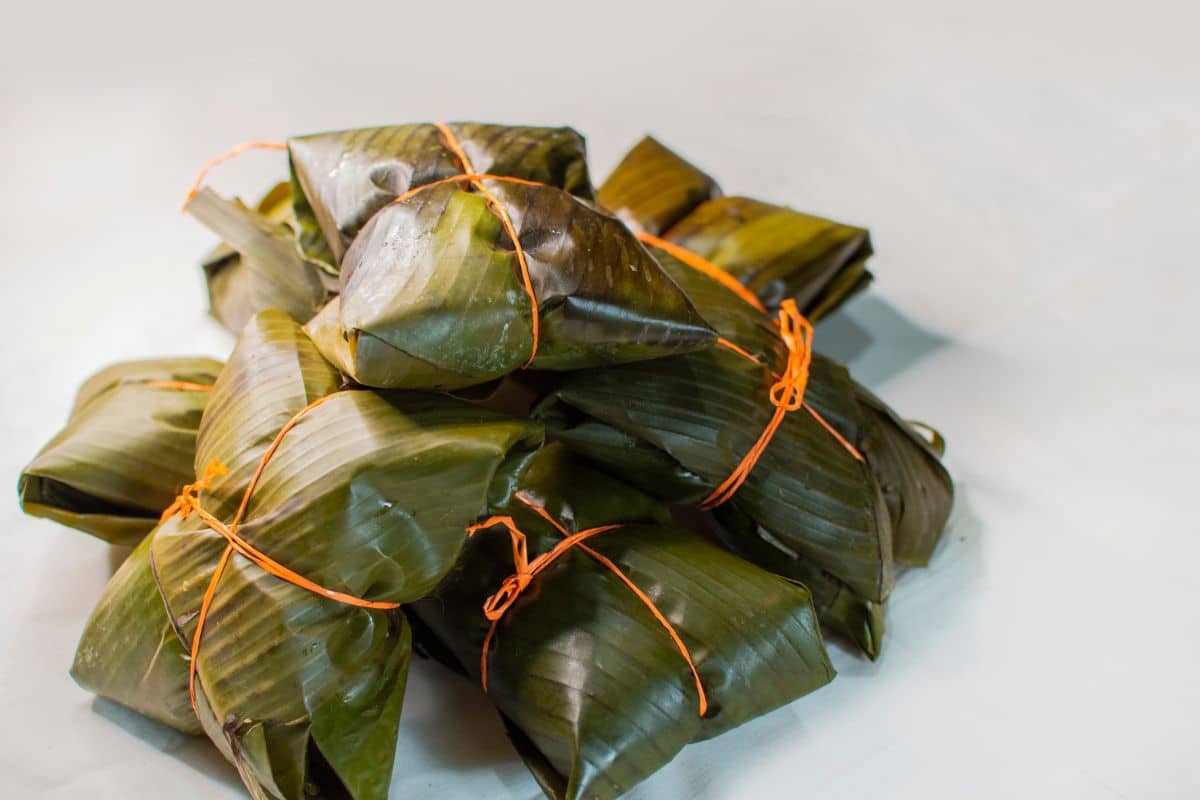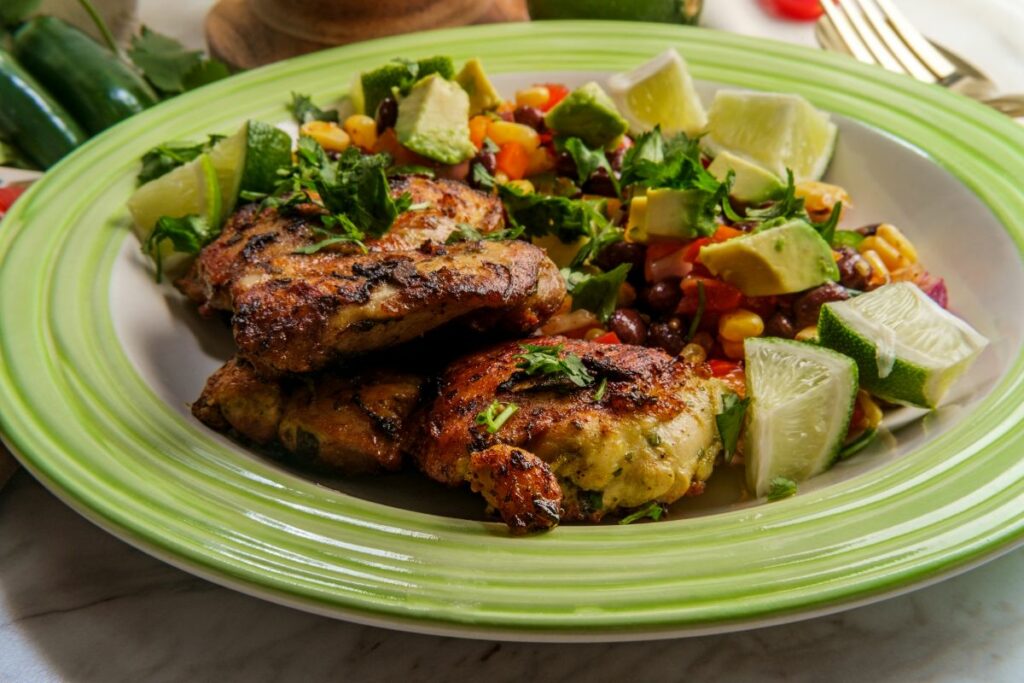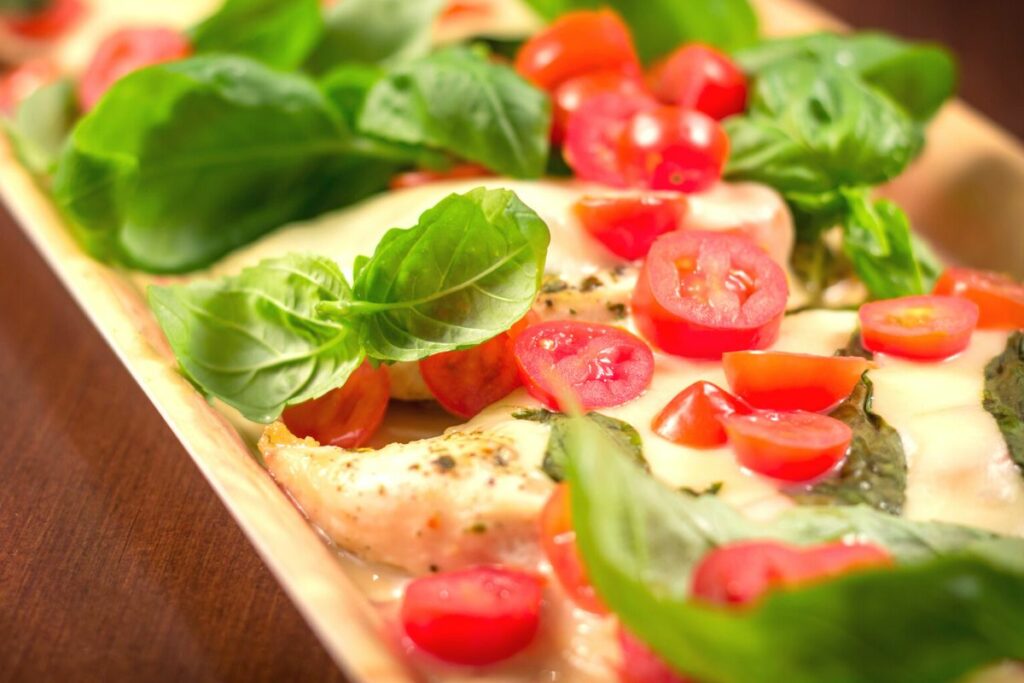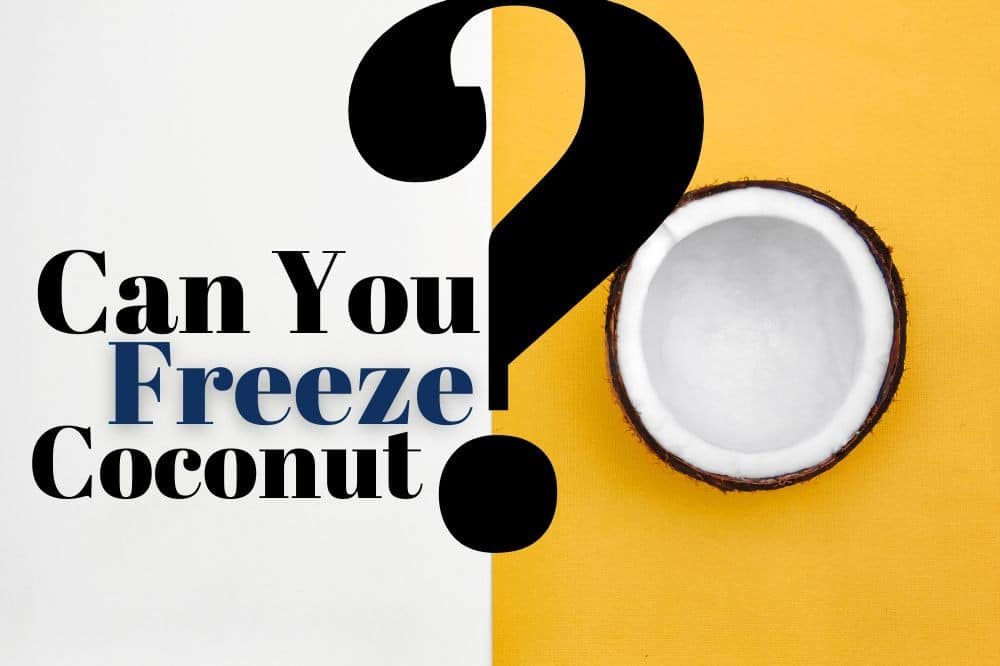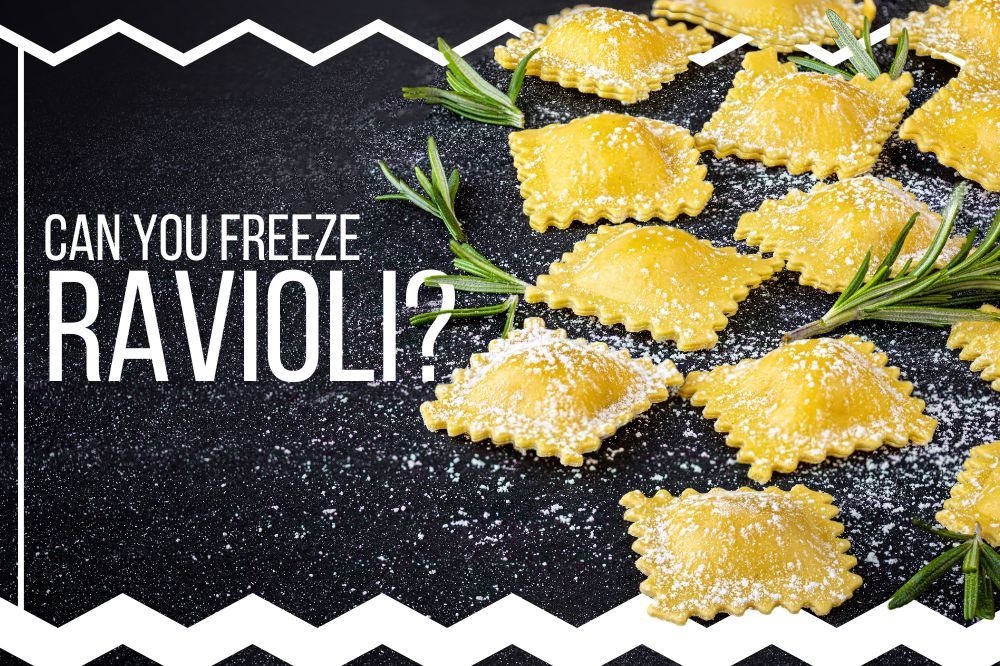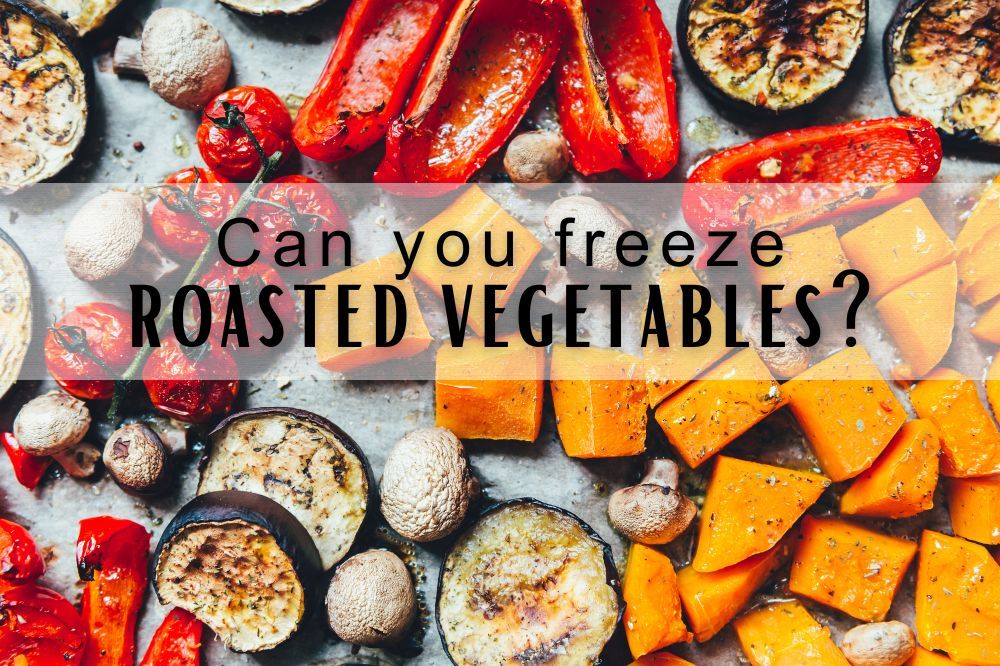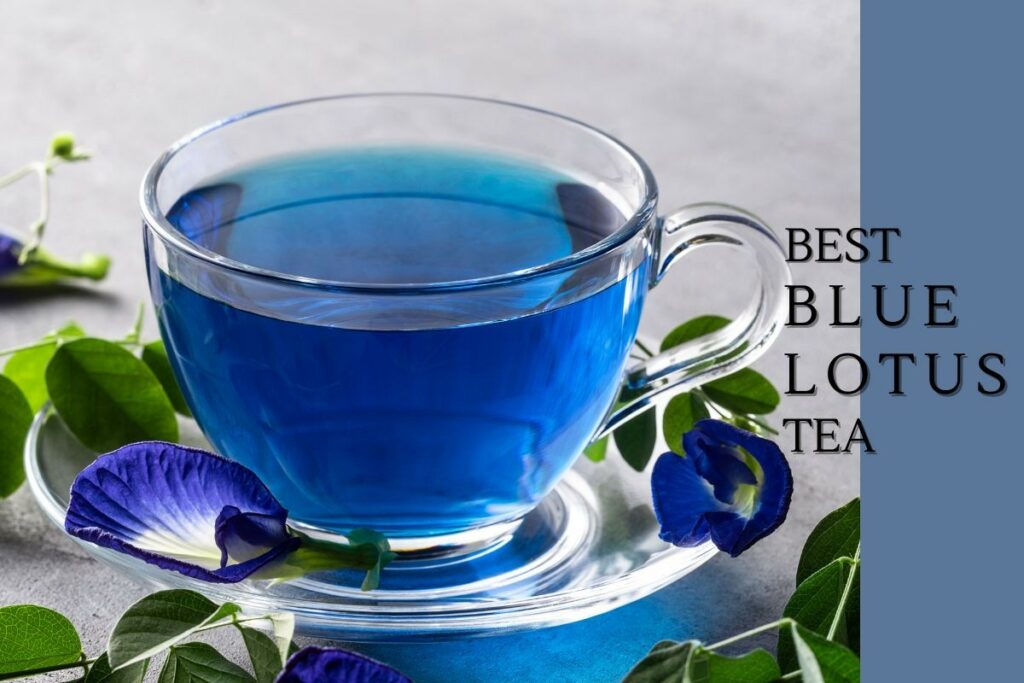4 Different Types of Tamales to Try in 2024 (Updated 2024)
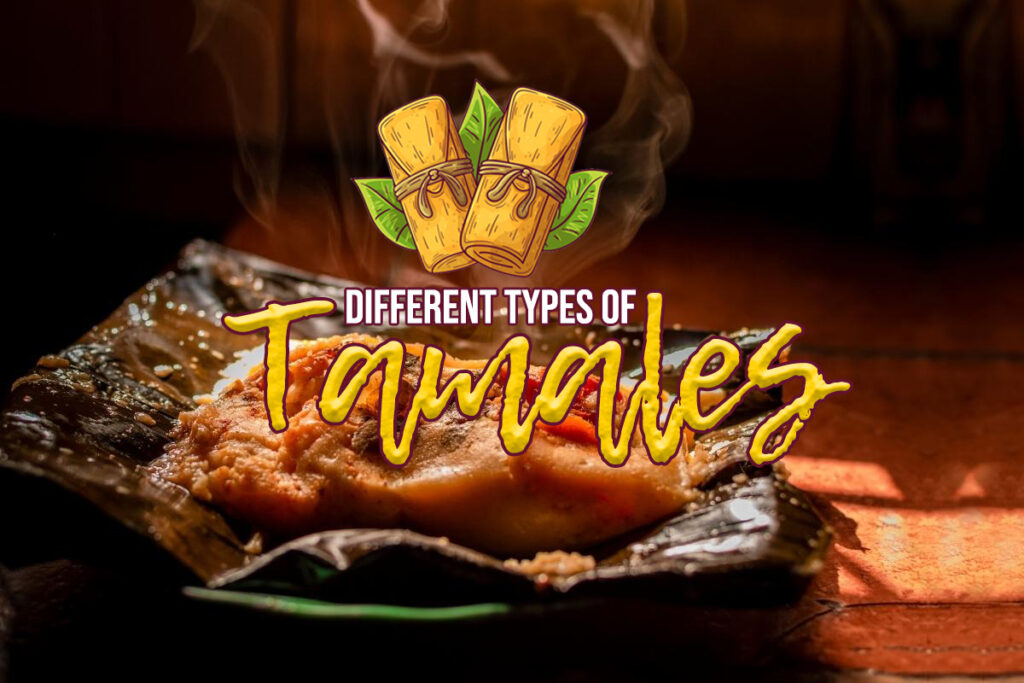
Craving a traditional food? Why not try tamales? This is a traditional Mesoamerican dish crafted with dough, corn, and masa or maize dough.
Let’s dig deeper into this delicious dish here and what the different types of tamales are.
What Are Tamales?
Traditional tamales in Mesoamerica are cooked in a banana leaf or corn husk and filled with masa, a dough prepared from nixtamalized maize.
The packaging can be reused as a plate or tossed beforehand. Both the cooking liquid and the filling in tamales can be seasoned to taste.
Common fillings include meats, cheeses, fruits, vegetables, herbs, and chilies.
The Spanish term tamal has been anglicized to become the English word tamale. Tamales can be referred to as tamals, tamales, or pasteles, among many other names.
Hallacas are a popular holiday treat in Venezuela. Instead of the typical masa harina, which are kind of dried cornmeal, humitas are produced using ground fresh maize in the Andes.
Several islands in the Caribbean, including Cuba, the Dominican Republic, Trinidad and Tobago, Curacao, and Aruba, eat a dish similar to tamales.
The United States has also seen widespread adoption of tamales.
Meat pies and casseroles featuring a cornmeal crust and stacked tamale contents were dubbed “tamale pie” in the United States around the turn of the twentieth century.
Different Types of Tamales
1. Chuchitos
Chuchitos are classic tamales made in Guatemalan style that are frequently prepared for special occasions but may also be consumed every day of the year.
A Chuchito is a traditional Mexican dish made with warm corn masa dough and tender chunks of meat like pig or chicken, then topped with a mild tomato or chili sauce.
Wrapped in a dried corn husk, the dough mixture is steamed until it takes on its characteristic texture and flavor and is fully cooked.
As an alternative to steaming, chuchitos can be grilled, which adds a pleasant smokiness to their otherwise pleasant look.
These Chuchitos may be found on most street corners and in most small markets around Guatemala, and they are eaten for both breakfast and dinner.
After being purchased from a street vendor, corn tortillas are often unwrapped from their husks and given a little more sauce or a sprinkling of grated cheese to enhance the already robust tastes.
2. Pamonha
This fresh-corn meal, known in Brazil as pamonha, is a staple in the country’s culinary canon.
In this case, grated and juiced maize is used to make the paste that would become the dough. Wrapped in new corn husks, it is then steamed in a pot of boiling water.
It all comes down to the ingredients used to determine whether pamonhas are sweet or savory.
Savory options can be cooked simply or with additional ingredients such as chopped meat, sausage, or cheese.
Coconut milk or coconut pulp is commonly used in the dough of the sweet kind of pamonhas.
Although Brazilians enjoy pamonhas year-round, they are most closely connected with the month-long celebration known as Festa Junina, which occurs at the conclusion of the harvest season and the start of the colder winter months.
3. Humitas
Hailing from Central and South America, humita is a delicious maize dish that you will surely love.
Humita is a staple food in many countries throughout the world. It is made by encasing crushed maize in corn husks and cooking it in the oven, steamer, or boiling water.
Sweet desserts may be made by adding sugar, cinnamon, or milk to the corn, while savory meals can be made by adding fried onions, cheese, and chili peppers.
Humita can be eaten for breakfast with toast or bread on the side, or it can be eaten for lunch with coffee and maybe even spicy sauce, depending on how it was prepared.
It was first relished and made by the indigenous inhabitants of Latin America, but over time, elements that were more common in European cuisine began to make their way into the dish as well.
Moreover, humita may resemble a tamale at first glance, but the two are very different.
In contrast to tamales, which often feature pulverized, dried cornmeal or flour, humitas are made using fresh maize and almost never feature meat.
In addition, they are baked in corn husks, but tamales are sometimes steamed in banana leaves, which results in a notably distinct flavor.
4. Nacatamales
Nacatamal is a classic tamale in Nicaragua. It is crafted with maize bread and often contains either chicken or pig.
Bell peppers, garlic, potatoes, rice, bitter orange, onions, mint, and chili peppers are common additions to this delicious cuisine.
Prune, raisin, caper, and olive additions are common celebratory additions to nacatamal.
On the weekends, it is often made for breakfast and served with toast and coffee.
The Nahuatl terms nacatl (meaning “meat”) and tamalli (meaning “tamale”) are the basis for the dish’s English name.
The meal was originally made with pork and chicken wrapped in maize leaves together with iguana, tomatoes, annatto, and deer meat, but during colonial times, pork and chicken were used and plantain leaves were substituted.
Takeaway
Tamales are a delicious dish that you can enjoy in different places. We hope that the different types of tamales provided here have helped you understand the dish and its story from different places.
Print4 Different Types of Tamales
Check out the different types of tamales that have been shared on Pinterest.
- Prep Time: 5 minutes
- Cook Time: 10 minutes
- Total Time: 15 minutes
- Yield: 1 serving
- Category: Substitutes
- Method: Dish
- Cuisine: Substitutes
Instructions
- Click on each link above to view the pin.
- Learn more about the ingredient.
- Purchase the ingredient.
- Add a substitute to your recipe =)
Nutrition
- Serving Size: 1 serving
- Calories: 170
- Sugar: 0 g
- Sodium: 2300 mg
- Fat: 8 g
- Saturated Fat: 0 g
- Unsaturated Fat: 0 g
- Trans Fat: 0 g
- Carbohydrates: 0 g
- Fiber: 0 g
- Protein: 9.1 g
- Cholesterol: 0 mg
you may also like
well hello there!

Hi, I'm Linda thanks for stopping by! We're so happy you're here. If you're a foodie and love to cook from home - you're in the right place..
LEARN MORE
free newsletter
Join the mailing list and receive our free newsletter!
recent posts
let's be social
search site
Recipe Marker
Recipe Marker provides you with the best information about home cooking tips, recipes, ingredient substitutes and more. Check out our blog to see the latest articles.
Copyright © 2024 Recipemarker.com | All Rights Reserved | Privacy | Disclaimer | Contact
